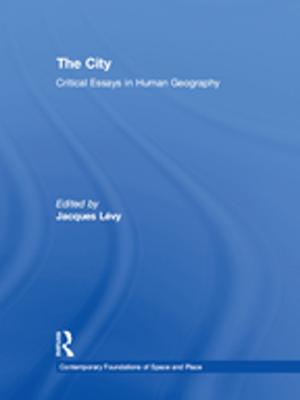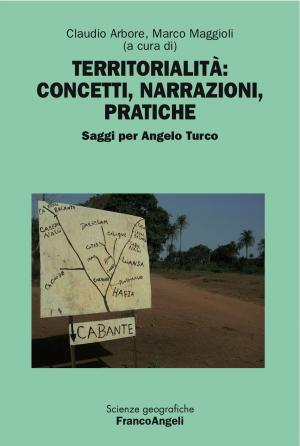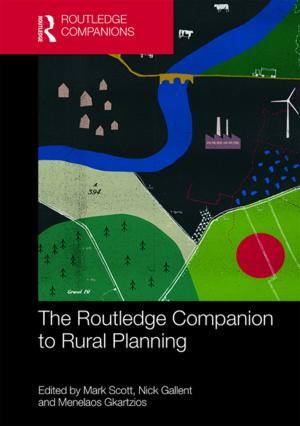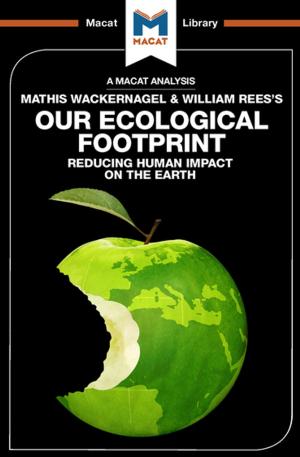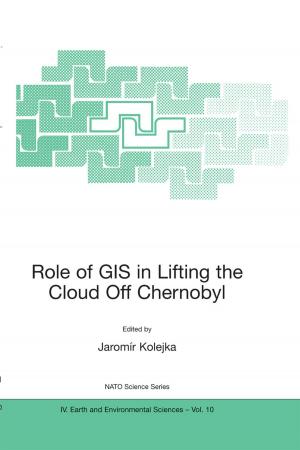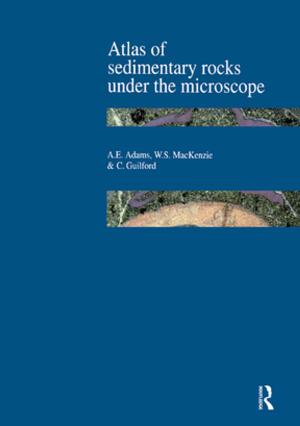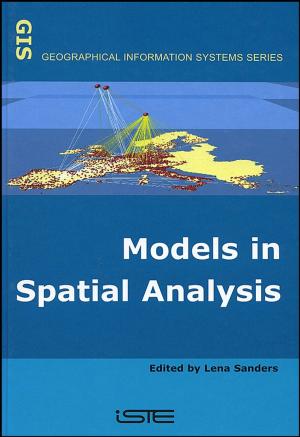On the Origin of Continents and Oceans: Book 1 Empirical Small Earth Modelling Studies
Nonfiction, Science & Nature, Science, Earth Sciences, Geophysics, Geology, Geography| Author: | James Maxlow | ISBN: | 9780992565220 |
| Publisher: | Terrella Press | Publication: | January 1, 2015 |
| Imprint: | Terrella Press | Language: | English |
| Author: | James Maxlow |
| ISBN: | 9780992565220 |
| Publisher: | Terrella Press |
| Publication: | January 1, 2015 |
| Imprint: | Terrella Press |
| Language: | English |
ON THE ORIGIN OF CONTINENTS AND OCEANS is a completely new way of looking at and understanding modern scientific evidence about the origin of Earth's continents and oceans. Since the 1960s this evidence has traditionally been gathered in support of Plate Tectonic studies and as such, until now, has rarely been looked at other than from a conventional Plate Tectonic perspective. This conventional perspective insists that the origin of the continents and oceans is a random, non-predictable, and sometimes catastrophic process-a process that is understood by very few and remains unchallenged by most. In this book one of a two book series, modern scientific evidence is used to accurately recreate plate assemblages on small Earth models in order to discuss the entire 4,000 million years of Earth's recorded geological history. This discussion commences with an ancient primordial Earth comprising an assemblage of the most ancient Archaean continental crusts. Discussion then continues through the various supercontinental stages until breakup of the ancient Pangaea supercontinent occurred to form the modern continents during the late-Permian Period. Discussion further continues during opening of each of the modern oceans to the present-day, plus extended to five million years into the future. The observations and conclusions presented in this book one are based on factual evidence which shows that, unbeknown to most scientists today, we may have now reached a critical stage in the development of modern science. One seemingly trivial change in our scientific perspective of the way the Earth's continents and oceans have evolved and assembled has the potential to completely negate many of the established consensus of opinions and scientific beliefs existing today. This, in turn, represents a paradigm shift in our understanding of the origin of continents and oceans.
ON THE ORIGIN OF CONTINENTS AND OCEANS is a completely new way of looking at and understanding modern scientific evidence about the origin of Earth's continents and oceans. Since the 1960s this evidence has traditionally been gathered in support of Plate Tectonic studies and as such, until now, has rarely been looked at other than from a conventional Plate Tectonic perspective. This conventional perspective insists that the origin of the continents and oceans is a random, non-predictable, and sometimes catastrophic process-a process that is understood by very few and remains unchallenged by most. In this book one of a two book series, modern scientific evidence is used to accurately recreate plate assemblages on small Earth models in order to discuss the entire 4,000 million years of Earth's recorded geological history. This discussion commences with an ancient primordial Earth comprising an assemblage of the most ancient Archaean continental crusts. Discussion then continues through the various supercontinental stages until breakup of the ancient Pangaea supercontinent occurred to form the modern continents during the late-Permian Period. Discussion further continues during opening of each of the modern oceans to the present-day, plus extended to five million years into the future. The observations and conclusions presented in this book one are based on factual evidence which shows that, unbeknown to most scientists today, we may have now reached a critical stage in the development of modern science. One seemingly trivial change in our scientific perspective of the way the Earth's continents and oceans have evolved and assembled has the potential to completely negate many of the established consensus of opinions and scientific beliefs existing today. This, in turn, represents a paradigm shift in our understanding of the origin of continents and oceans.




